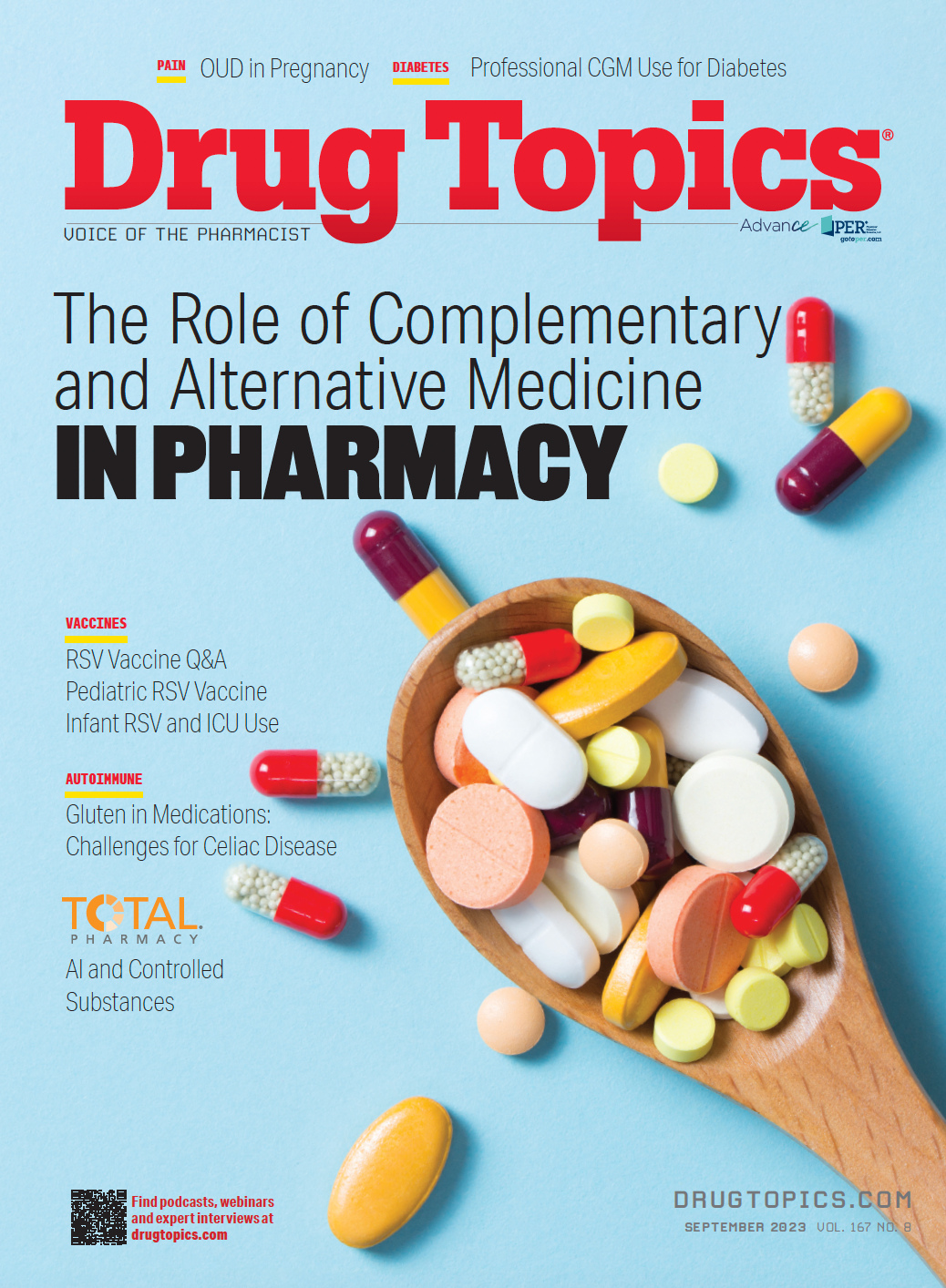Dance With the Girl That Brung Ya
PBMs, retail chains, and pharmacy schools have all contributed to the current state of the profession. It's time they worked on fixing it.
Back in 1981, as a newly minted, fully fledged pharmacist, I was excited to take over a new location of Kopp Drug in Tyrone, Pennsylvania. I had worked for Rite Aid for 6 months and quickly found that patient counseling and care were not on their front burner. I was anxious to turn that page and begin anew, this time working at a small, independent community pharmacy.
Long before the days of computers, patients brought in their prescription bottles to fill. We reused the bottles over and over so as not to have to retype labels. One of my new patients was a gentleman named “Ted.” Ted would come in and ask us to fill “$4 worth of Bentyl, $12 worth of Tagamet, and $4 worth of Lanoxin.” Ted had exactly $20 in his well-worn wallet, so there was no wiggle room!
When the Pharmaceutical Assistance Contract for the Elderly prescription assistance program, known as PACE, started in Pennsylvania in 1984, I was delighted that cost would no longer be a variable in the patients’ selection of a pharmacy. Through these prescription benefits, pharmacists would all be paid the same and patients would all be charged the same, making the performance of the pharmacist the deciding factor as to where the patients would take their business. The better the pharmacist was with providing patient counseling and compassionate care, the more volume they would generate. However, I learned all too quickly that this would not last forever: Eventually, the Tyrone School District signed up with Blue Cross to have its employees’ prescriptions filled in Altoona, Pennsylvania, at the Phar-Mor store.
I was livid. I wrote a letter to the editor of the local newspaper, and I attended the school board meeting, to no avail. The fact that I provided wonderful service, counseled patients, offered free delivery, and even opened the store after hours didn’t matter. The fact I lived in that town, and that my school taxes were being used to fund another pharmacy, didn’t matter either. Little did I realize that things would only get worse.
Because the free market did so well for patients in selecting their pharmacies, I foolishly thought this idea would continue with insurance companies. We were reimbursed the average wholesale price plus $2.55 for filling prescriptions. This was significant, as most prescriptions were filled with newly introduced brand-name drugs; it wasn’t until the late 1990s that generics took over the marketplace. Excellent service and compassionate care brought patients to the pharmacy, until pharmacy benefit managers (PBMs) and chain pharmacies took over.
Today, our profession is in crisis mode. Fewer students are enrolling in pharmacy school. Many schools brag that nearly 50% of their graduates match for residency, but less than 20% of the student population is committed to becoming a community pharmacist. It will be a matter of only a few years before every clinical slot is filled, and there will be even fewer students interested in the profession.
There is an old saying that goes, “Dance with the girl that brung ya.” In our profession, I feel that this is as important as ever. With enrollment way down, I think it is vital to pharmacy that both pharmacy schools and the profession start “dancing with the girl that brung ya!” Pharmacy schools need to establish a more intense community pharmacy–based curriculum; they must promote this wonderful profession that is on the front lines of health care, and they need to hire more community pharmacy–focused faculty.
Chain pharmacies are struggling to keep pharmacists and employees. My class of 1981 at the University of Pittsburgh, was the first in which more women than men graduated. Chain pharmacies need to be cognizant of the flexibility that is needed for employees to enjoy family life. At the store where I worked for the first 26 years of my career, the owner hired several women on a part-time basis, allowing them the flexibility to accommodate their goals of having both a career and a family. My wife, Denise, was one of those able to achieve such balance.
The major chains, the PBMs, and the schools of pharmacy have all had a hand in creating the current state of community pharmacy. It is time they get it fixed, because the downfall of the community pharmacy profession will lead to the collapse of the profession. It is time to get started, before “the girl that brung ya” leaves the dance floor.
Peter A. Kreckel, RPh, practices pharmacy in Lemont Furnace, Pennsylvania.
